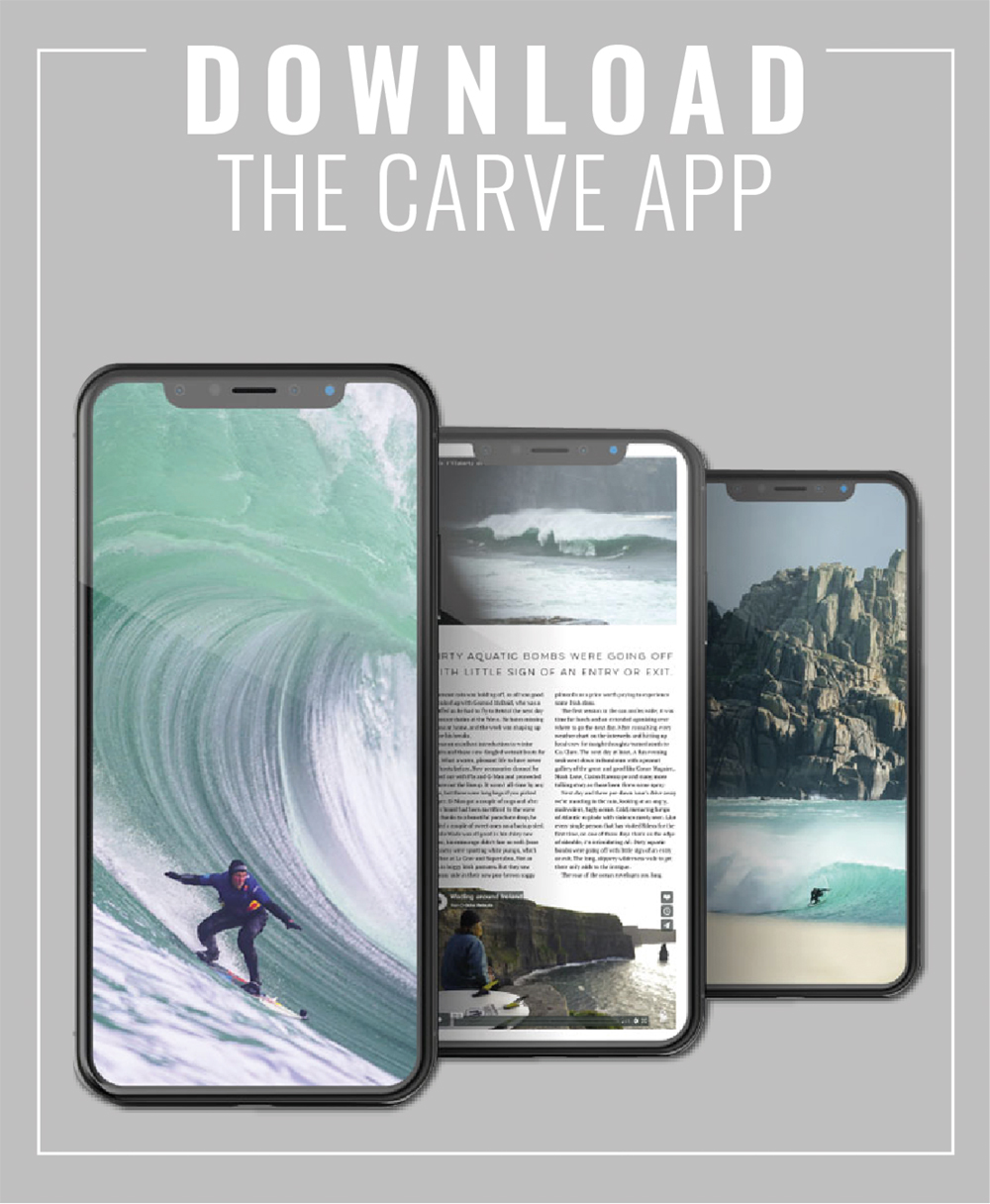Once you can ride broken waves with confidence you’re ready to venture further out to the lineup. But to get there you’ll have to get through bigger lines of whitewater, as well as unbroken waves, and to do this you need to learn how to duck-dive.
Duck-diving involves sinking your board underneath the oncoming wave, then popping up the far side. The zone of turbulence of a wave is usually only a couple of feet deep, so if you can get underneath it you won’t get dragged back the whole time. Here’s how you do it:
Paddle hard towards the wave, so you’ve got loads of forward momentum.
Just before the wave reaches you, grab the rails of the board under your chest, lift your bum in the air, and lean downwards on the board’s nose, straightening your arms as you do so. This will sink the nose of the board. Now bring one of your knees up under your body, position it in the middle of the board, and shove the board downwards and forwards underwater. Take a deep breath as you do this.
If you’ve duck-dived deep enough, you’ll sense the wave going past above you. Once it’s passed, your board’s buoyancy will lift you back to the surface.
Most intermediate surfers find duck-diving the hardest part of learning to surf, as it requires a lot of effort. If you find yourself struggling, try to build up your upper-body strength between surf trips by doing regular exercises (especially push-ups and stomach curls).
Intermediate surfer’s boards are hard to duck-dive because of their large volumes (thinner custom boards are much easier). Unfortunately you’re in a Catch-22 position because you need that volume to catch the waves.
Once you’ve mastered duck-diving using one knee, try bringing one leg up under your body and using your foot to push the tail of the board down. This method allows deeper penetration.





